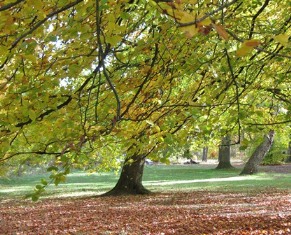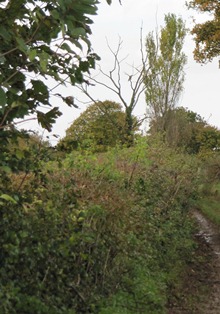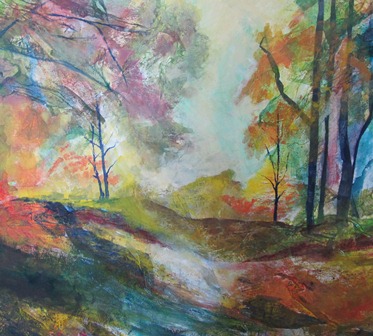|
|
Shape and ProportionGetting the concept of shape and proportion and size in a painting to be ‘right’ is very important. If you are interested in creating unusual, quirky or more abstract works then this is a rule you may choose not to follow.
Shape and proportion are elements in the painting that helps the painting to feel balanced and an item of beauty. There are several areas to this rule so I have broken them down into manageable sections; you may wish to consider them one at a time or grasp them all along-side each other. In or Out of ProportionIf we were writing a story the perfect example would be Goldilocks and the Three Bears … For each size bear there is a bowl, chair and bed that are all in proportion to their owner. In art proportion is all about objects looking the right size next to each other and smaller in size as they recede from the foreground in the painting. Sometimes it is hard to gauge if items are in proportion but as an artist we can easily spot if something looks wrong.. For example is the head of a figure far too small or far too large? Relative ProportionImagine a still life painting of a bowl of fruit and how the relative proportions of items need to be accurate. Apples and pears roughly the same size with grapefruits and pineapples much bigger and plums and grapes smaller. In landscape painting the same rules apply. If there is a cottage in the middle distance it is going to be wider than the tree-trunk next to it. On a sandy beach, in the foreground, pebbles and shells will be smaller than a flip flop. Interesting ShapesEvery painting is made up the number of shapes and the more complex the subject, the more shapes there are. Each shape is important as it add to the total picture. It helps the viewer to read the picture. It is very important to ensure that each shape is as interesting as it can be. A crude example is that a tree is not a lollipop with a blob of cotton wool at the top of it… Each tree type has a unique shape and silhouette. These photos clearly illustrates this rule.
A beautifully balanced tree
This photo is unhelpful as the trees are not interesting shapes and do not add to the shape and proportion you are trying to achieve in your painting.
Numbers of Objects.Sorry I don’t understand the science behind this but normally odd numbers of objects work far better in a painting that even numbers. (Interestingly it is also true of flower arranging.) 1.If painting a wooden fence have 5 or 7 fence posts in preference to 4 or 6.
2.In a still life – have three pieces of fruit or five shiny conkers. Do not feel you have to become obsessive, there is no counting the number of sheep of in your Yorkshire Dales painting but bear it in mind. Experiment with preliminary sketches.
|



